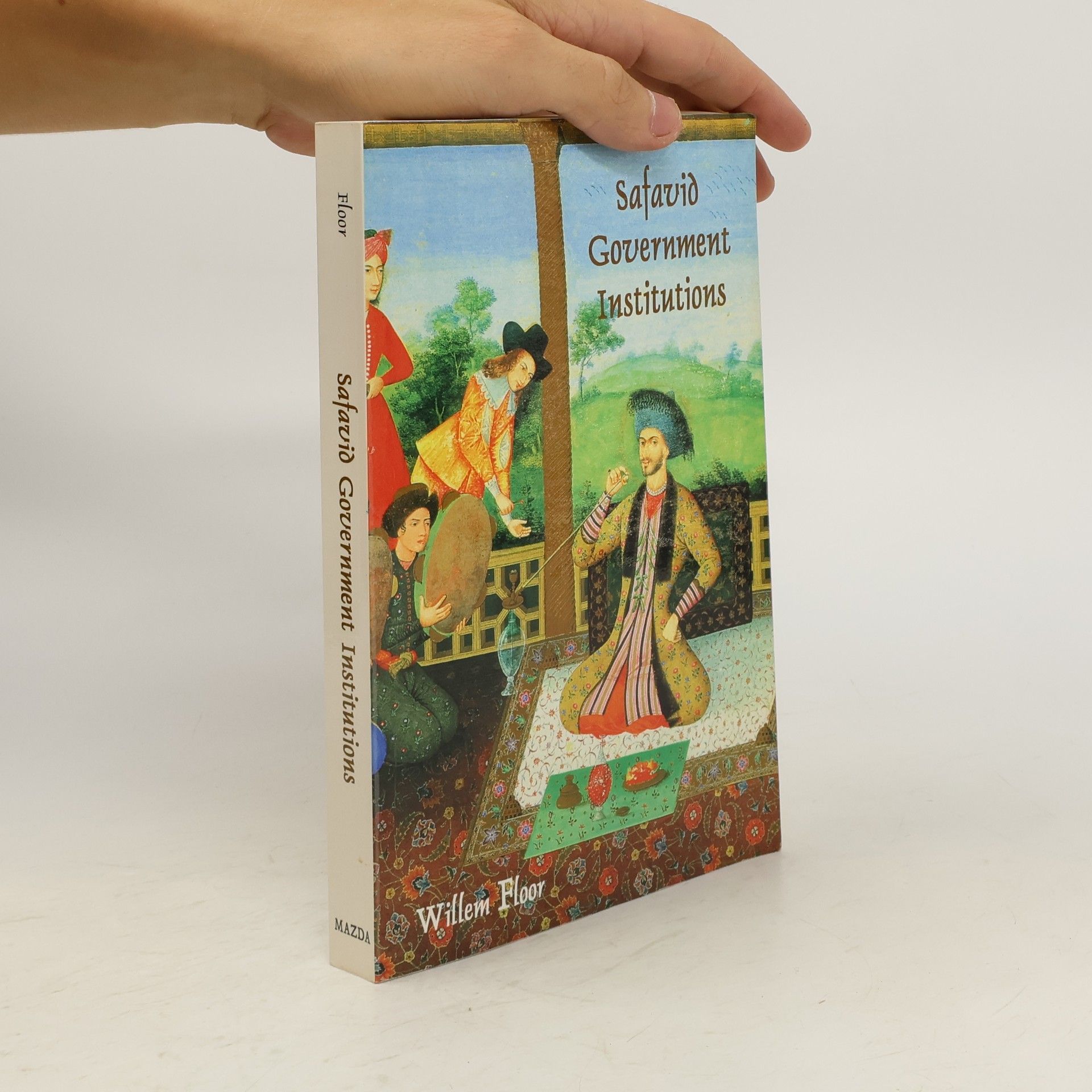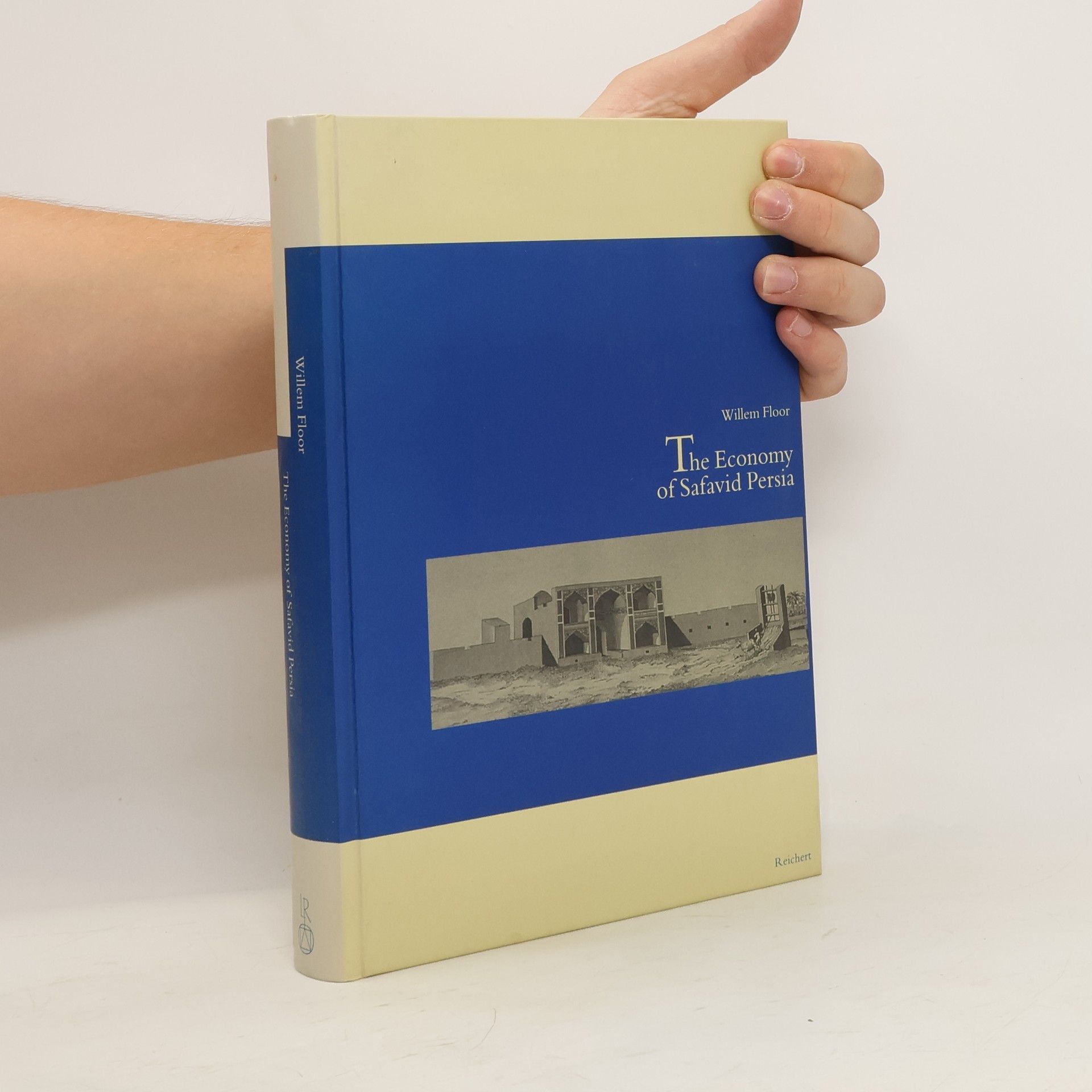Although there are some studies which deal with particular economic issues there has not - until now - been a study dealing with the Safavid economy as a system per se. The objective of this study is therefore to provide a reference work on this subject. Through the analysis of the economy's structure and of its individual sectors and operators the author provides a better understanding of the Safavid's State's economic dimension. Willem Floor describes the economic context of the country's social, cultural, religious, and political development. As such, this book will offer historians of various fields (area and sector specialists, those dealing in comparative studies) as well as readers interested in knowledge and foreign parts a better understanding of the constraints under which the government of Safavid Persia and its people had to operate. This context is not only important for the understanding of the inner working of the country and its institutions itself, but also in relation to its foreign trading partners, including, as of the early 1500s, European traders.
Willem M. Floor Boeken






Sofreh: The Art of Persian Celebration
- 646bladzijden
- 23 uur lezen
"'Sofreh' is Persian for 'spread' - referring to the colorful arrangements of flowers, condiments and objects of spiritual or cultural importance that are displayed at Persian ceremonies. As the title promises, this book is a visual feast. Flush with lavish historical illustrations and contemporary photography, it documents Persian marriage and New Year celebrations in rich detail. Sofreh pays homage to ancient traditions, discussing the symbiosis of symbolism and culture. Despite their ancestral roots, the featured ceremonies are infused with life and creativity. Modern fabrics are welcomed alongside refined antique textiles, creative floral designs, unconventional pieces of furniture, and unexpected objects. References to Persian poetry, literature, art and folklore stimulate the imagination, and the text is illuminated with exquisitely detailed extracts from old manuscripts, antique woven textiles and embroideries. Each volume centres around a series of original and at times highly elaborate sofreh creations. Together they comprise an extensive project, involving research into Persian ceremonies and sofreh history by an eminent scholar, and the design and creation of stunning compositions. Book One is about the Persian New Year (Nowruz), which is celebrated on the first day of Spring. Book Two explores Persian marriage and wedding customs, and the elaborate settings for marriage ceremonies (Aqd)"-- Publisher's description.
Safavid Government Institutions
- 311bladzijden
- 11 uur lezen
The book offers a thorough analysis and examination of virtually all the available sources of information (Persian chronicles and archival documents; European traveler accounts, memoirs, and archival sources). The Dutch material is of particular importance and their integration with the more familiar information is unique. In addition to scholars of Iran, Central Asia and the Middle East, it would also be of interest to those working in the field of comparative institutions in history, sociology and political science."--BOOK JACKET
Russian Sources on Iran, 1719-1748
- 496bladzijden
- 18 uur lezen
Focusing on historical accounts from 1719 to 1748, this collection features annotated translations of Russian officials' reports, highlighting significant events such as the mapping of the Caspian Sea and the occupations of key territories. It includes insights into ethnic groups in Azerbaijan, the downfall of the Safavid dynasty, and the impact of Nader Shah's assassination. Additionally, it offers a travelogue of diplomatic missions and rich details on the natural and socio-economic landscape of Iran, making it essential for students of Iranian history.
History of Glass and Ceramics in Iran, 1500-1925
- 360bladzijden
- 13 uur lezen
Focusing on the evolution of domestic glass and ceramic production in Iran from 1500 to 1925, this detailed study examines the impact of foreign imports and the Qajar government's efforts to enhance local craftsmanship. It analyzes the failed attempts to transfer technology and the changing dynamics of imported goods, highlighting the rise of affordable mass-produced items. Accompanied by appendices featuring Belgian consultants' market assessments, the research provides insights into production techniques and proposes establishing a modern factory, appealing to scholars and enthusiasts alike.
Transportation & Technology in iran, 1800-1940
- 434bladzijden
- 16 uur lezen
Focusing on the evolution of transportation in Iran from 1800 to 1940, this comprehensive study explores the transition from quadruped travel to motorized vehicles. It details the limited road infrastructure and the rise of carriages in urban areas post-1890, leading to significant advancements in the 1930s with a new road network. The book also examines the emergence of related industries, such as car dealerships and mechanics, and the societal impacts, including changes in hospitality and the introduction of modern tools like sewing machines and pianos.
The Persian Textile Industry in Historical Perspective 1500-1925
- 402bladzijden
- 15 uur lezen
The book offers a socio-economic analysis of the textile industry in Persia from 1500 to 1925, exploring various themes such as production characteristics and evolution, descriptions of male and female clothing, production sites, and marketing trends. It also examines the development of the shawl and includes a glossary of technical terms related to fabrics and textile crafts. This comprehensive study sheds light on the intricate relationship between textiles and Persian culture throughout the centuries.
Persia: An Area Study, 1633
- 204bladzijden
- 8 uur lezen
Set in the early-seventeenth century during the Age of Discovery, the narrative explores the burgeoning European interest in foreign cultures, particularly Iran, which remained largely unknown. The book delves into the limited commercial and diplomatic interactions that had just begun, highlighting the curiosity and desire for knowledge that characterized this transformative period in history.